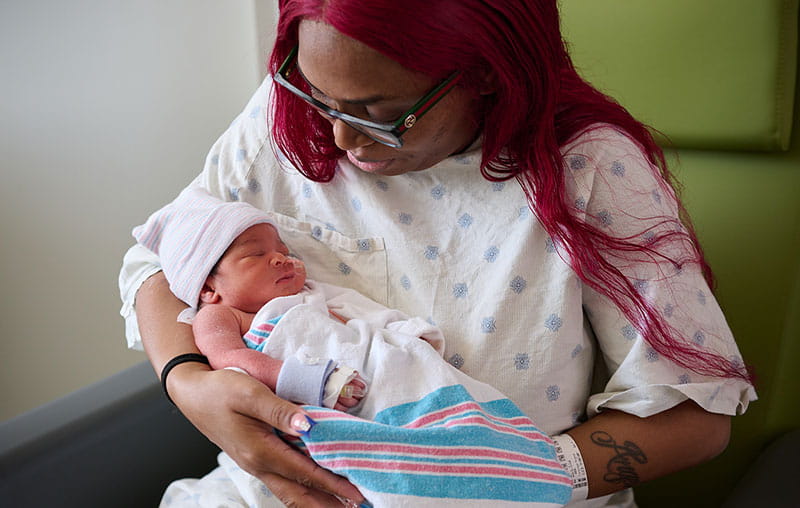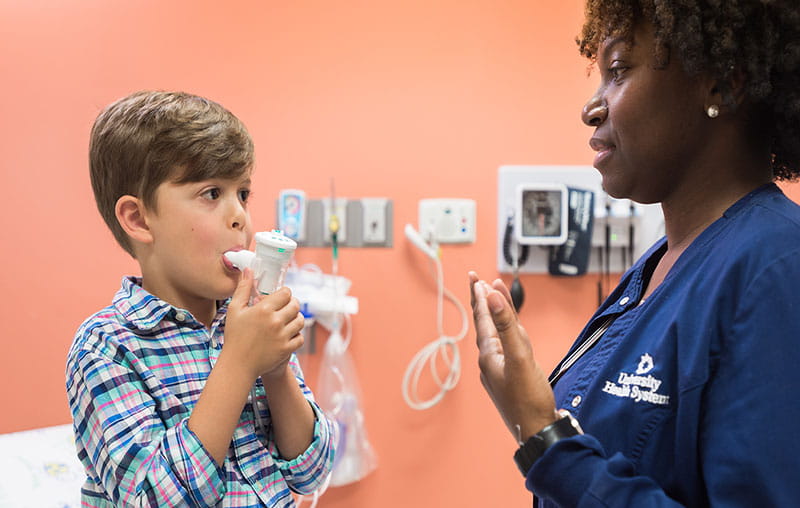A disease you may never have heard of is slowly damaging the health of a quarter of Americans. In San Antonio and the Valley, fatty liver disease affects nearly half the population, including up to 20% of children and adolescents – about twice the national average.
What does it mean when you have a fatty liver?
Fatty liver disease causes fat cells to infiltrate the liver. While it can be caused by continued abuse of liquor, it also affects 50-60% of obese people, and 60-70% of patients with type 2 diabetes. Liver inflammation or scarring seen in fatty liver disease can interfere with food digestion and nutrient absorption, which causes patients to gain even more weight.
Dr. Naim Alkhouri leads the Pediatric Liver Disease Program at University Hospital. He is known globally for his expertise in pediatric and adult fatty liver disease. He explained that fatty liver disease ranges from having simple fat accumulating in the liver cell with little impact on liver health to developing into Non-Alcoholic Steatohepatitis, or NASH. NASH occurs when liver fat is associated with inflammation and injury to the liver cells and may progress over time to scarring of the liver, cirrhosis and even the need for liver transplantation.
“Fatty liver disease progressing to NASH is the most common indication for liver transplant in women,” Dr. Alkhouri said, “and the second most common indication in men, outside alcoholic liver disease.”
How do I know if I have fatty liver disease?
Fatty liver disease often develops without symptoms. If symptoms do occur, they can include:
- Enlarged liver
- Fatigue and mood changes
- Pain in the upper right abdomen
Possible signs and symptoms of NASH and cirrhosis (advanced scarring) include:
- Abdominal pain and swelling (ascites)
- Enlarged blood vessels just beneath the skin's surface
- Enlarged breasts in men
- Enlarged spleen
- Red palms
- Yellowing of the skin and eyes (jaundice)
- Yellow bumps around the eyelids
- Darkening of urine
University Health conducts approximately 100 transplants annually and about 35 are for fatty liver disease patients. It has the largest living donor liver transplant program in Texas, and the third-largest in the United States in terms of volume. Living liver donors are family members or loved ones who give a small piece of their own liver to the patient. The liver then regenerates in both the patient and the donor.
“Part of my job as a liver specialist is to tease out who has the significant disease and who just has fat in the liver,” said Dr. Alkhouri. “We need to find the sick people early. Many with fatty liver disease have no symptoms and it progresses over the years.”
How can I reduce my fatty liver?
While some people are genetically inclined to develop fatty liver disease, the best way to avoid it is to prevent becoming obese by maintaining an active lifestyle, Dr. Alkhouri said.
Also, eating healthy meals rather than “yo-yo dieting” is essential. Foods that promote liver health include:
- Coffee
- All-natural non-processed items such as fish, fruits, grains, nuts, olive oil and vegetables
- Greens, especially broccoli, spinach, Brussels sprouts and kale
- Grains, such as oats, bulgur, quinoa, brown rice and rye
- Whey proteins including cheese, milk and yogurt
- Avocado
- Soy protein such as tofu and yogurt
- Lots of water
- Green tea
If you have persistent symptoms that cause concern, contact your family physician. Download a free guide to learn about advanced liver disease by University Transplant Center. As the largest comprehensive liver program in South Texas, University Transplant Center offers children and adults leading-edge treatment options for a variety of liver conditions.




